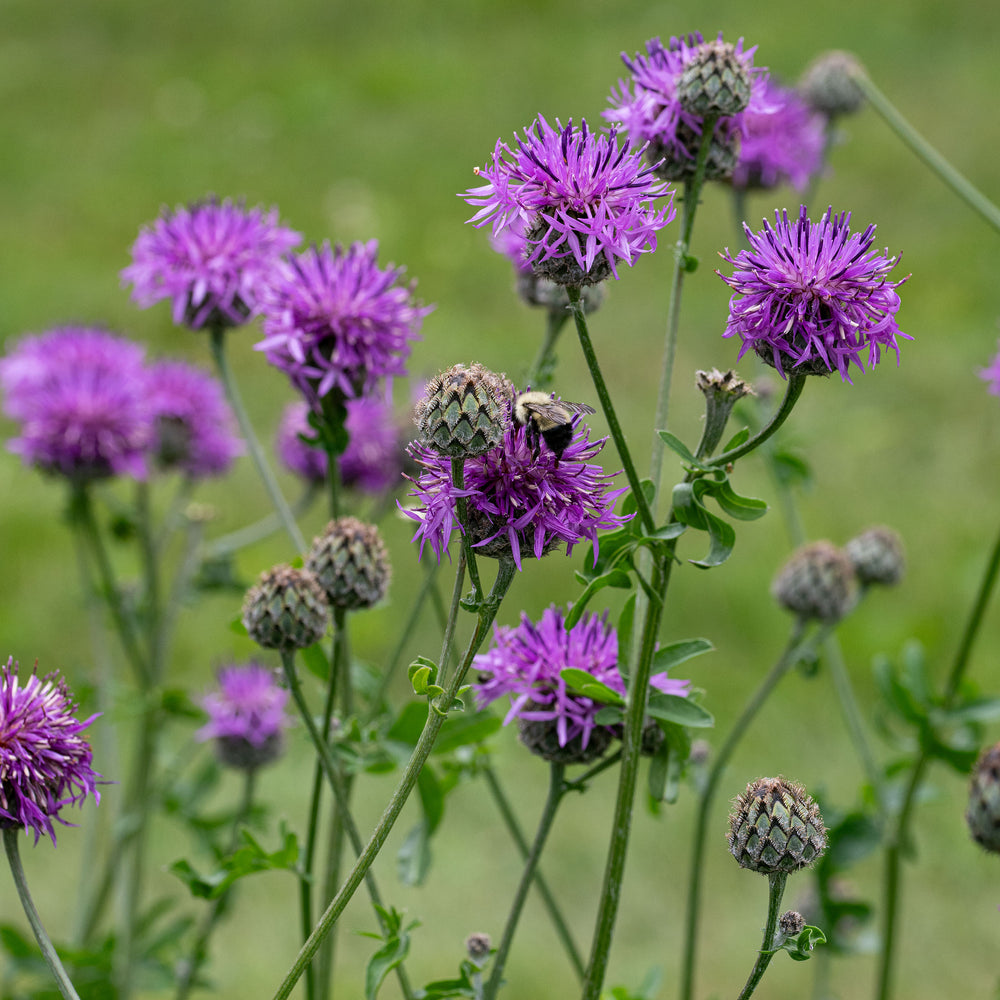
Dharaseeds
Cornflower Perennial Butterfly
Estimated Free Delivery between April 16 and April 19.
Secured Payment Methods
Your transaction is protected with advanced security measures to keep your information confidential
Cornflower Perennial Butterfly
The Cornflower Perennial Butterfly is a vibrant and resilient variety of the classic cornflower, known for its striking blue blooms that attract pollinators, especially butterflies. This perennial plant is a must-have for gardeners seeking to add color and wildlife appeal to their garden. With its long-lasting flowers and ability to thrive in a variety of conditions, the Cornflower Perennial Butterfly is perfect for both beginners and seasoned gardeners alike.
Key Benefits
- Attracts Butterflies: Known for drawing butterflies, making it an excellent choice for wildlife gardens.
- Vibrant Blooms: Produces bright blue flowers with a unique, frilled appearance that lasts for weeks.
- Low Maintenance: Requires minimal care once established, making it perfect for gardeners with limited time.
- Hardy and Resilient: Tolerates a wide range of soil types and environmental conditions, including drought.
- Versatile in the Garden: Great for garden borders, containers, and wildflower meadows.
Variety Features
- Plant Characteristics: Produces bushy, upright plants with narrow green leaves and vibrant blue flowers.
- Flower Profile: Frilled, daisy-like flowers that bloom from late spring to summer.
- Growth Habit: Compact, clumping growth habit that reaches about 18–24 inches tall.
- Foliage: Slender, lance-shaped green leaves that provide a neat, textured backdrop for the colorful flowers.
Planting Instructions
Planting Season
- Best planted in early spring or fall.
- Thrives in temperate climates and can survive mild winters.
Planting Details
- Seed Depth: Sow seeds about 1/4 inch deep.
- Spacing: Space plants 12–18 inches apart to allow for adequate airflow.
- Soil Requirements: Prefers well-drained soil, but is adaptable to a variety of soil types, including poor or sandy soils.
- Sunlight: Needs full sun to produce the best blooms but can tolerate partial shade.
Care Instructions
Watering
- Water moderately during the growing season, especially in dry spells. Avoid overwatering, as cornflowers are drought-tolerant once established.
Fertilization
- Fertilize with a balanced fertilizer in early spring to promote strong growth and vibrant blooms.
Deadheading and Pruning
- Deadhead spent blooms to encourage continuous flowering and maintain a tidy appearance.
- Prune back after the blooming season to prevent legginess and maintain shape.
Pest and Disease Control
- Pests: Generally pest-resistant, though aphids or slugs may occasionally be a problem. Use insecticidal soap or natural predators to manage pests.
- Diseases: Cornflowers are fairly resistant to diseases, but fungal issues like powdery mildew may occur in humid conditions. Ensure proper spacing and avoid overhead watering to reduce risk.
Harvesting
- Maturity: Flowers bloom in late spring to early summer, and you can harvest blooms at their peak for fresh arrangements or dried bouquets.
- Method: Cut flowers in the morning after the dew has dried, leaving enough stem length for easy arrangement.
Storage
- Short-Term: Fresh flowers can last up to a week in a vase with regular water changes.
- Long-Term: Dried blooms can be stored in a cool, dry place and make excellent additions to dried flower arrangements.
Culinary Uses
- Edible Flowers: Cornflower petals are edible and can be used as a garnish in salads, desserts, or cocktails, offering a mild, slightly spicy flavor.
Conclusion
The Cornflower Perennial Butterfly is a beautiful, low-maintenance plant that adds a splash of blue to any garden. Its ability to attract butterflies and other pollinators makes it a perfect addition to any wildlife-friendly garden. With its hardy nature and vibrant blooms, this perennial is a favorite for both beginner and experienced gardeners looking to create a colorful and sustainable outdoor space.









